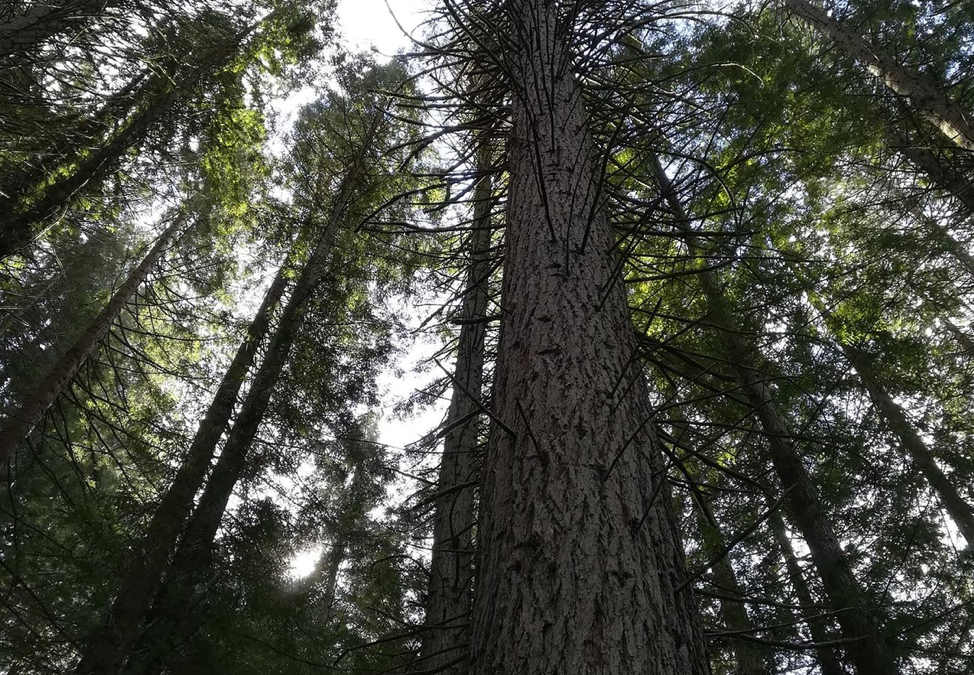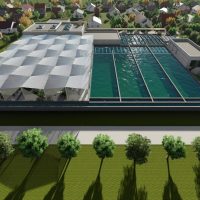By László Tutor
Horticulture and Innovation Specialist at Organica Water

Organica facilities are high-tech, effective wastewater treatment units, also, they are providing a home to a complex ecosystem, which includes plants as well. The trees are playing a major role in the plant society there: they have the highest mass, including the shoots and the roots. We need as much root mass as possible, so big shoots are preferred. But where to end the growth?

It is easy to decide when I have a greenhouse to work with. The limit is the heat retention curtain: the silver fabric. It opens and closes when the sunshine is too cruel or a bit more heat is needed. It closes and opens when it is too cold outside and all heat should be retained, or snow is gathered on the roof and needed to melt off. It is moving almost every day, and it is the slowest moving object. Its level is a no-go zone for the branches: in the Venlo type greenhouses, it is approximately 3,5 m.
But how to keep this height? Trees are “növények” (plants, literally translated from Hungarian: “growing things”) as well, they grow all the time. The answer is pruning. But beware, these trees should be formed carefully. Simply cutting off the top with hedge trimmer is not working. Their shape should stay close to the natural form: a cone, a chalice, a spindle-shaped or maybe a sphere. The best shape is a lie: it suggests that this tree is natural, simply small. This method resembles to make a bonsai, but a 3 m tall one. This art can be learned and practiced, and also can provide a calm, silent, happy activity, a kind of meditation.

Things get a little tricky when trees grow out, under the open sky. They grow fast and tall, soon breaking through pergolas or grow over other means of supports. The structures underneath them are sized for a certain weight (which is always given in their specification). Defining the mass of a tree is a complex task. I would like to cite a guide here, as an example:
Above-Ground Biomass of Black Locust (Robinia pseudoacacia L.) Trees and Stands
Károly RÉDEI, János GÁL, Zsolt KESERŰ, Borbála ANTAL
In this study, the Black Locust tree, which would have the weight limit for the support structure shown on the picture above, would be 15 m high. Its trunk diameter would be 19 cm. The Black Locust is a heavy, hardwood, with a green bulk density of approximately 950 kg/m3.
For safety reasons, we limited the height of our open-air stock trees to 8 m. This is still more than considerable size for a living object, but well under the load-bearing capacity of the support structure. In especially windy areas, where unusual forces may apply to the crown, we set even stricter limits to prevent toppling and breaking, based on the local wind data.
The outdoor trees have to be pruned, too, and their shape should be preserved as well, but they can be much taller than their indoor colleagues.
There is no to tree to touch the sky, but it is still worth trying.



